Media | Articles
Toyota Never Made a Six-Cylinder MR2, but You Can
In a mountaintop parking lot, two high schoolers in modified Volkswagen GTIs swoop in for a closer look at Russ Turnbull’s 1994 MR2. “Is this your car?” one asks, using the time-honored opener of gearheads. “What’s it got?”
With a grin, Turnbull pops the engine cover. Jaws drop. “Sick!” one youngster exclaims. “Aw man, I should have bought an MR2 when I had the chance.”
Let the record show that this marks the first time that The Youths have ever been impressed to see the engine out of a Toyota Venza.
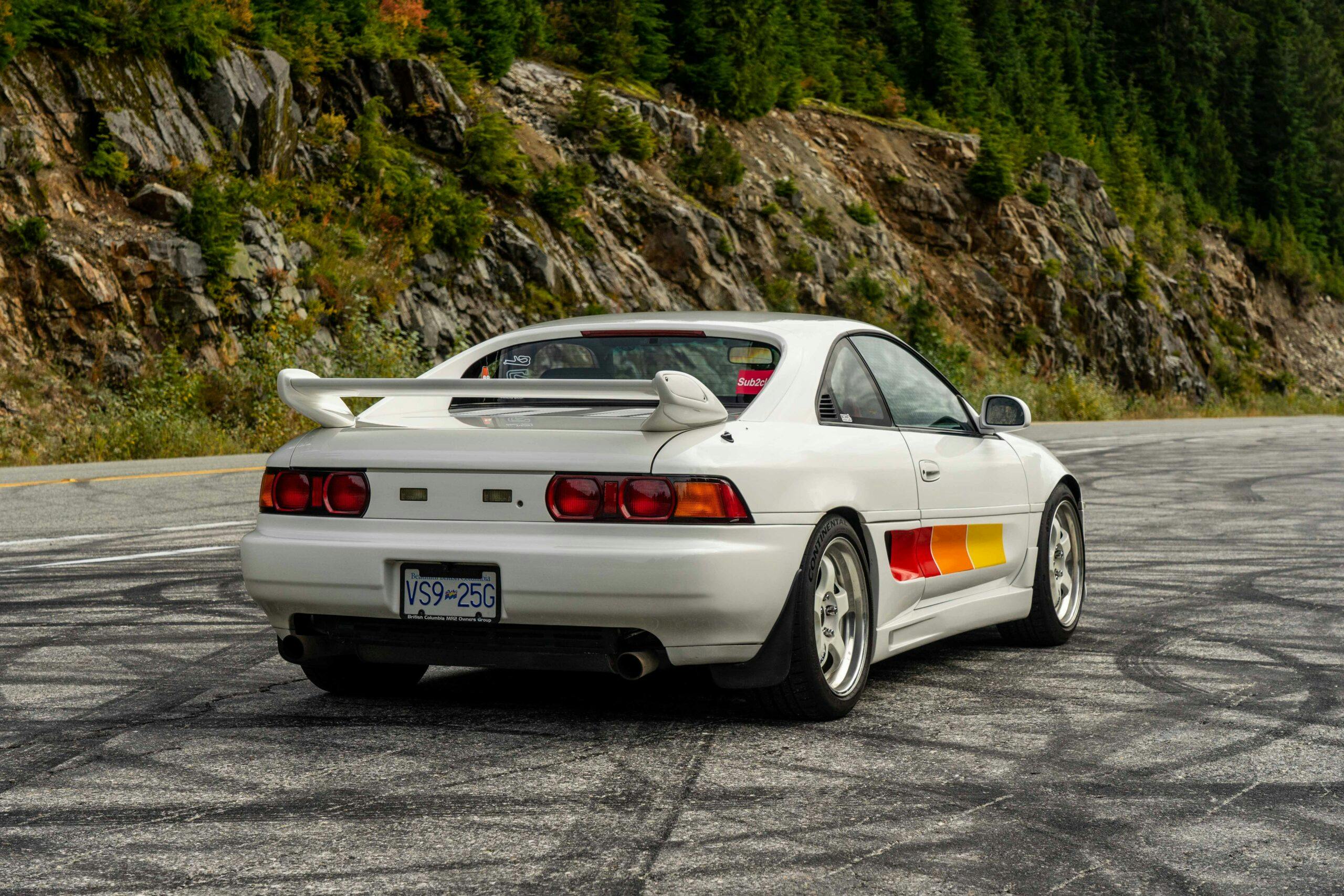
The first-generation Venza, a sort of jacked-up station wagon made from 2008 to 2017, was a typical Toyota product of its day, faithful and bland. There was no hybrid version and no three-row option. It was based on the contemporary Camry, and while all-wheel-drive was available, the Venza was never marketed as being an outdoorsy lifestyle vehicle like the Subaru Outback. Nevertheless, the Toyota came with a heart of gold.
That heart was an available 3.5-liter V-6 with the internal Toyota code 2GR-FE. Pretty much everyone knows that 2JZ is the Toyota engine code to get excited about, thanks to the Fast and Furious movies, but the 2GR is one of the unsung heroes of the automotive industry, a gem hiding in plain sight. You can think of this engine as Toyota’s LS V-8 moment, a near-ubiquitous supply of power just waiting to be unlocked.
Launched in 2005 in the Toyota Avalon, pretty much the sleepiest car ever built, the 2GR-FE is a tribute to the way that exciting new automotive developments soon trickle down to be commonplace. It’s a sixty-degree V-6 that’s full aluminum in construction, with double overhead camshafts, four valves per cylinder, and forged connecting rods and crankshaft. Any of this technology would make some 1980s or ’90s tuner start hyperventilating, and Toyota spent more than a decade stuffing it into snoozefests like the Sienna and ES350. There’s an ocean of these motors out there.

The Lotus supercharger is obviously the first thing you clock in the engine bay of Turnbull’s MR2, but it’s what’s underneath that’s interesting. He’s done some work to the top end of the 2GR engine to get it to rev more freely, but the rest is pure humdrum Venza, the engine rescued from the lot of a local wrecker after high temperatures at a track day popped the engine he had originally swapped into the MR2: a V-6 taken out of a wrecked RAV4. For a not-inconsiderable time he ran it in factory trim producing 268 hp on 87 octane fuel. Gas wasn’t cheap and on MR2 club cruises, Turnbull’s fuel bill was the envy of everyone.

The Venza V-6 bolted right up to a five-speed MR2 transmission as if Toyota made the match itself. Only a single motor mount needs changed out, and while the wiring can be a pain, you don’t have to deal with all the plumbing of an early-1990s turbocharged car. Sourcing an MR2 Turbo five-speed transmission is perhaps not quite as simple, but Turnbull says that some builders of V-6-swapped MR2s have used the five-speed transmission out of the four-cylinder Camry instead.

The supercharger, taken from an S3 Exige, was added in 2017 along with the standalone engine management needed to run it. It’s an unusual find, originally part of an Australia-only TRD version of their Camry (the Aurion, down under). Owners who V-6-swap their MR2s take multiple routes for extra power: Turbocharging is common, and many who tune the engine keep it naturally aspirated, some even going for individual throttle bodies and the like. In this supercharged application, Turnbull says he’s making just shy of 418 hp.
Considering the MR2 Turbo left the factory with 200 hp from its turbocharged 2.0-liter four-cylinder engine, that is what you might call Quite A Lot, Actually. Powertrain-wise, this is basically a DIY version of a Lotus Evora, though the Lotus cost near-as-dammit $100,000 from the factory and was several hundred pounds heavier than this homebrew.

Turnbull’s car is a rocket. The torque nails you back in your seat immediately, no lag present. The V-6 produces a ripsaw buzz that’s far more pleasant than the moan you get out of Nissan’s contemporary VQ series 3.5-liter V-6, and it revs well past 7000 rpm. This car started out life as a naturally aspirated base model with a four-cylinder automatic, and it’s now supercar quick.
It also has 250,000 miles on the odometer. Perhaps the most pleasing thing about this modified midship-runabout is that Turnbull uses it like you would any other Toyota product. It’ll be going into storage for the winter months, of course, but during the rest of the year it’s racking up the miles on club cruises, road-trips, autocross, and track days. It’s been up and down to California ten times over the years for the annual Toyotafest event.
“I usually have to re-fiberglass the splitter every couple of years after a few cones,” he jokes.



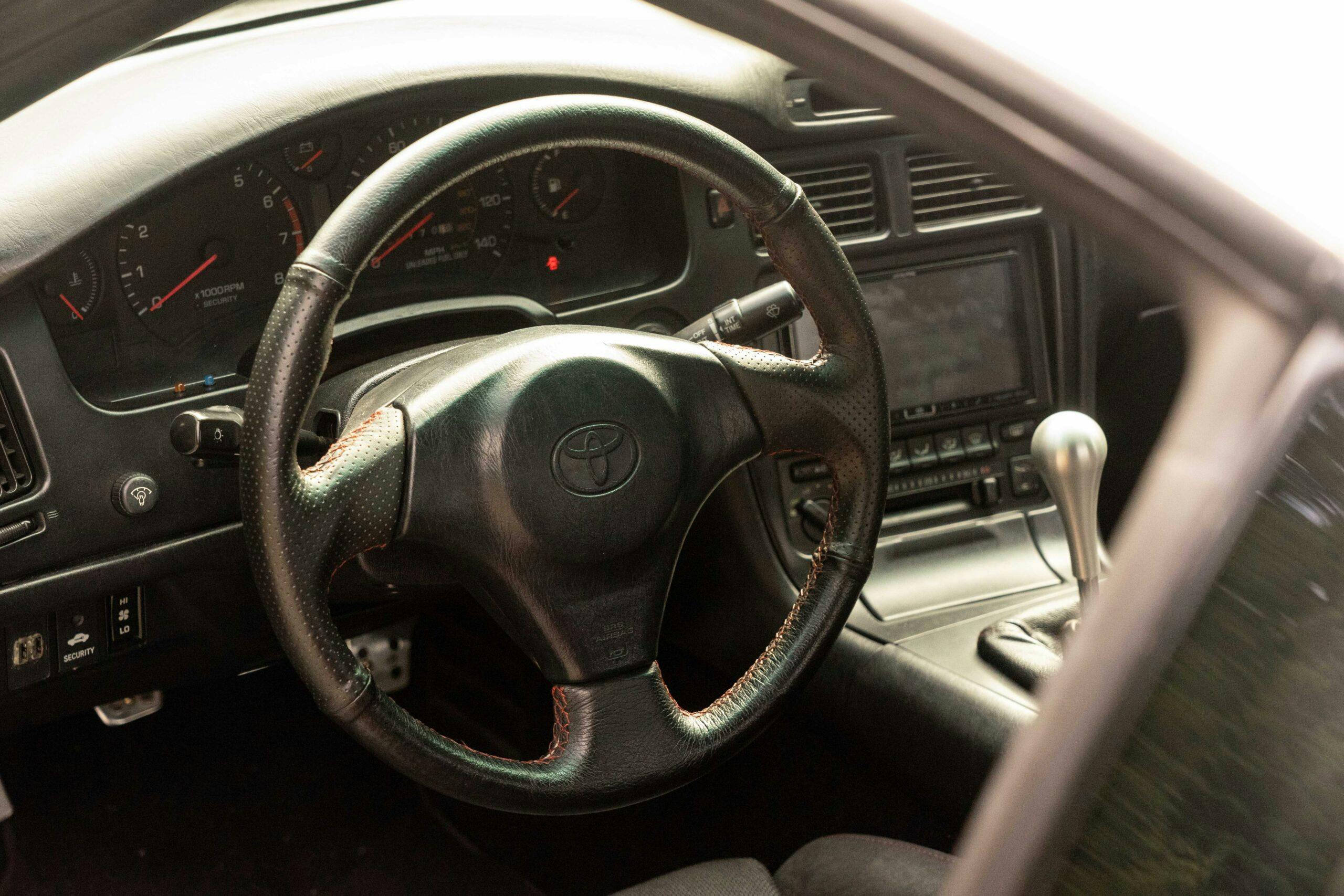
It’s just the kind of use the MR2’s original designers envisioned, a mid-engined sports car within reach of the everyman. The NSX never really got inexpensive, and the Lotus Elan and Exige aren’t exactly great choices for long distance driving. Possibly the closest example are the folks who swap supercharged Pontiac V-6s into their Fiero GTs.
With the previous Camry, Toyota did offer a TRD version with the direct-injection form of this V-6 (and, somewhat mystifyingly, an Avalon TRD too), but for the current-gen Camry the V-6 option is gone. There’s long been no six-cylinder in the RAV4, and even the larger Highlander is now four-cylinder only.
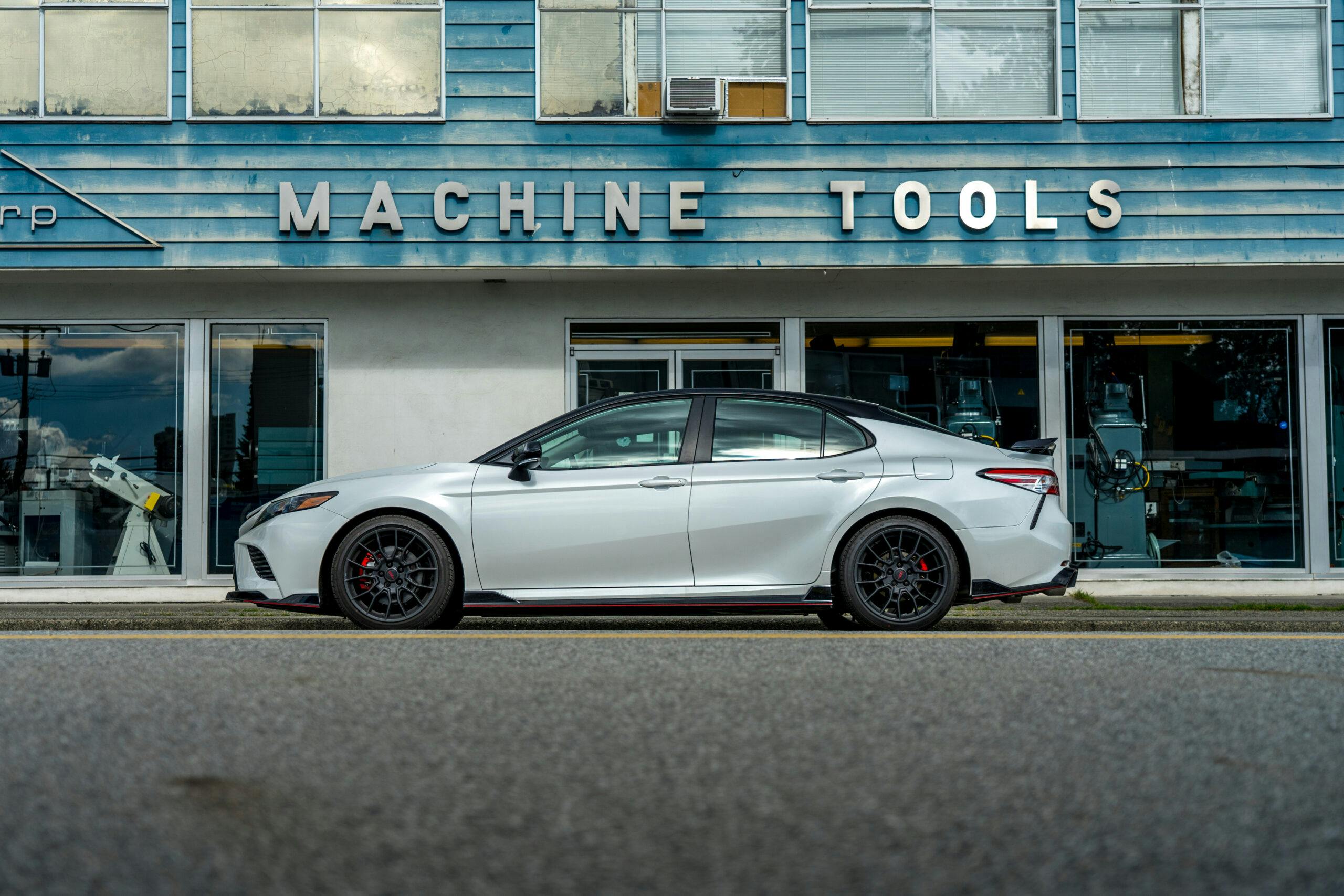
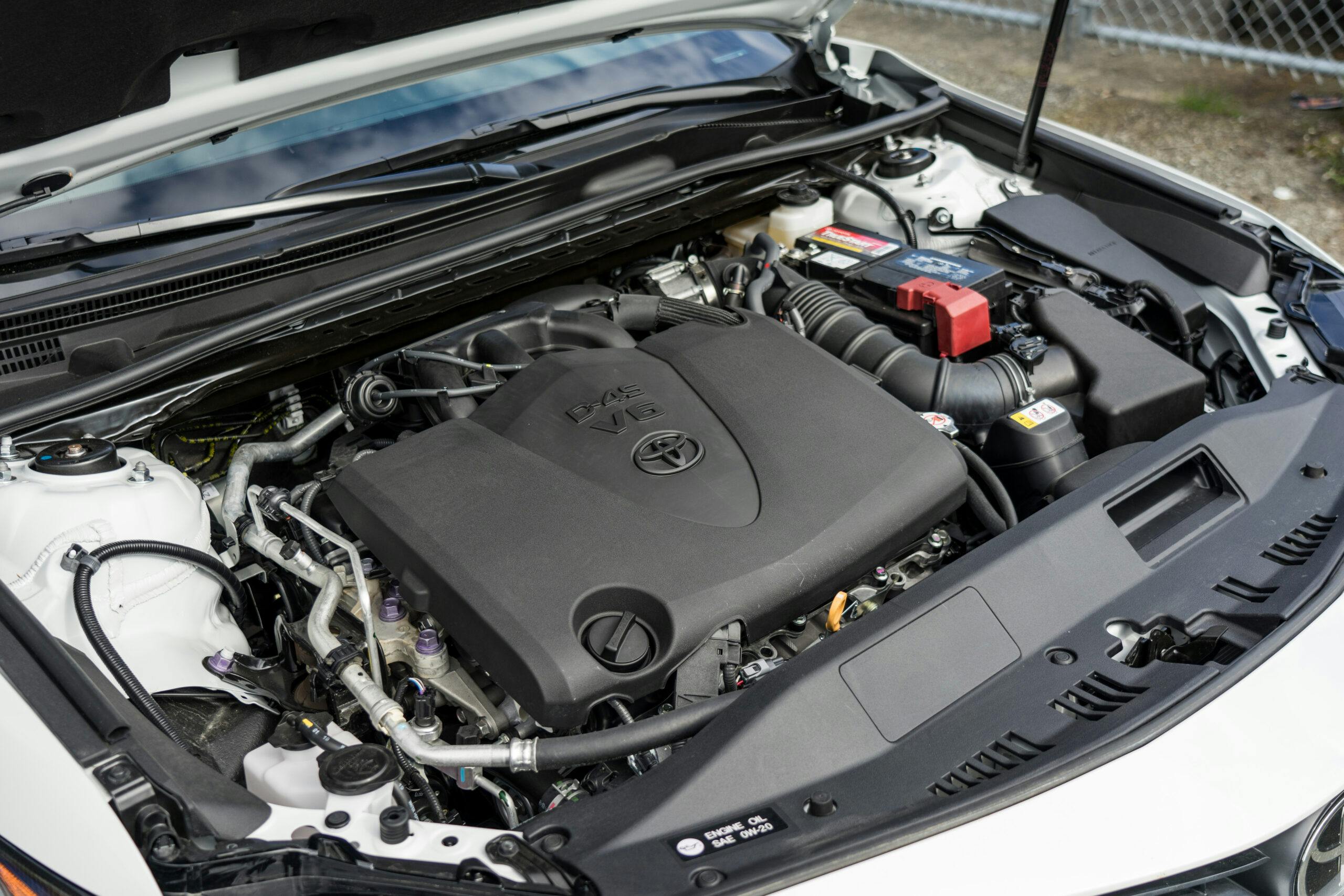
The rumor mill is currently grinding away about a return of the MR2 to Toyota’s lineup, priced around $50K to $60K, and said to have as much as 400 hp and the all-wheel-drive system shared with the GR Corolla. Sifting out only the most positive speculations, the idea of a sporty coupe that’s like a Toyota version of a Porsche 718 sounds tempting. Performing a little reality check seems to indicate that something like the Japan-only Honda S660 kei car is more likely. Toyota doesn’t really need another sports car in its portfolio with the Supra and GR86 already in the U.S., no matter how much enthusiasts might pine for one.
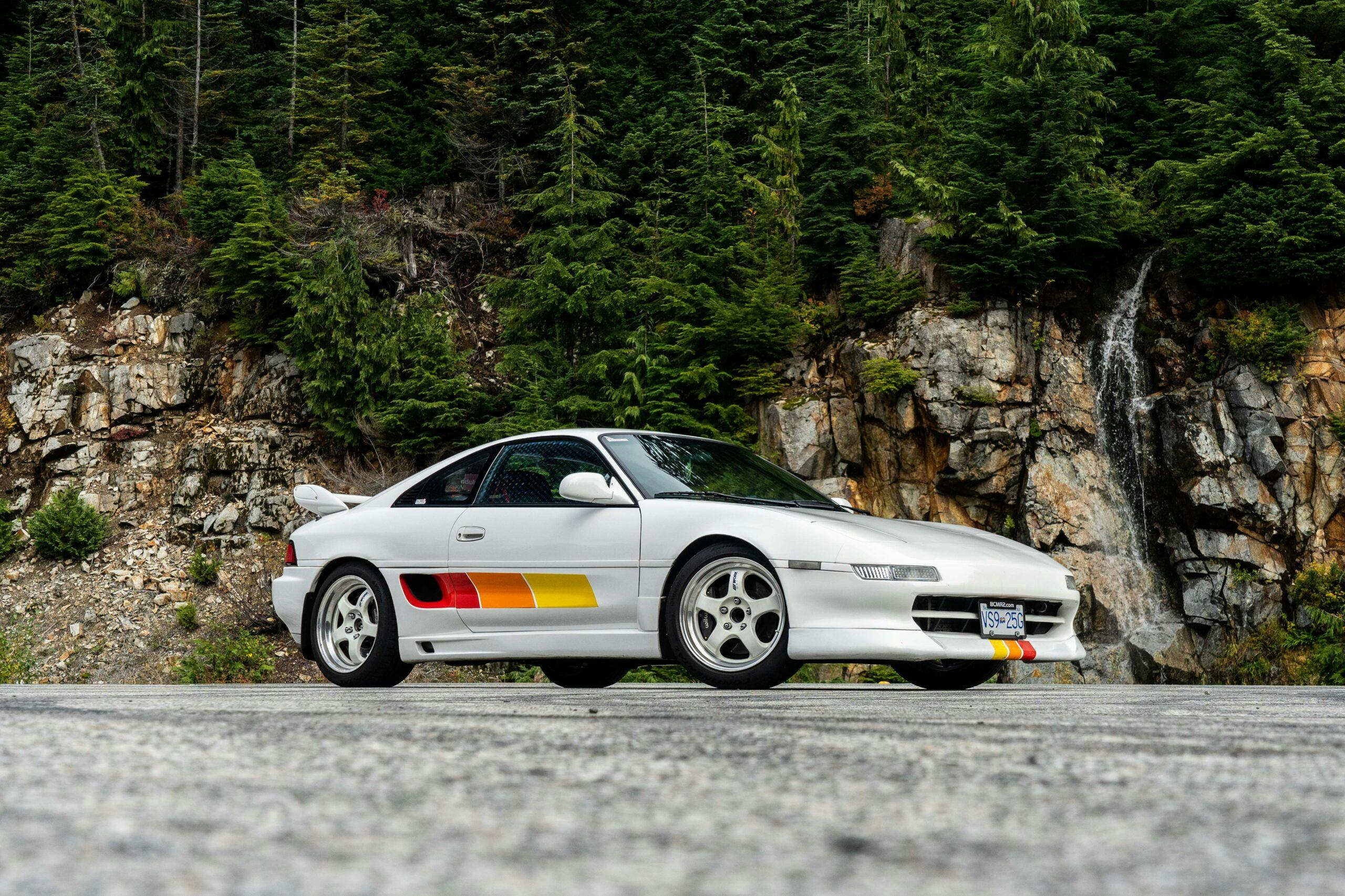
Turnbull’s V-6-swapped MR2 is a glimpse of what might have been, had Toyota decided to bring to market a sportier follow up to the MR2 Spyder, the third-generation MR2 variant. The MR2-S offered excellent handling to make up for its modest 138 hp, but when it was discontinued in 2005, Toyota had all the parts in the bin to create something really special. Instead, the MR2 has been on a twenty-year hiatus.
Even though Toyota hasn’t built the six-cylinder mid-engined sports car it should have, you can always do so yourself if you’re handy with a wrench. As Turnbull’s MR2 scorches off down the mountain, the exhaust note is like a reminder to the two onlooking high schoolers that there’s still time left to get the mid-engined Toyota of your dreams.





Oh hey its what im currently doing in my garage, although im not putting a supercharger on mine due to budget concerns, I have a 91 non-turbo that I have had for 7-8 years-ish that im halfway through putting a 2gr into, I sourced mine from a lexus rx350. Progress is slow as this is the first time I’ve done most of everything involved in the project, engine is in and im procrastinating on wiring.
Order a harness from Doug at Wiregap. Well worth the money to have it perfect.
It is much easier and cheaper to put a LS engine in the Fiero.
Saw a nice twin turbo one a while back wicked fast. We are talking ZR1 fast.
But then you have a Fiero and not an MR2
I’d rather see a turbo 4 under the cover than the V6. I’ve seen a couple in the area. It seems like a decent swap but the fun to me kind of goes away. This supercharged one might be a bit more fun to try.
No sound of this wonderful engine is blasphemy. Shame on the author and the owners Instagram.
Aside from the technical details of the powertrain (and I see the Wilwoods peaking out from behind the wheels), the owner deserves much respect for keeping the bodywork on this car clean and tasteful. It’s all the more impressive considering the car’s high mileage and track use. Really a lovely car.
I don’t have an MR2 but I have a camry with a 2GR it’s pretty fast for a family sedan. It’s lowered on TRD springs that I think were factory installed, and I keep summer tires on it (one of the few advantages of living on the Gulf Coast), so it handles better than the average camry.
There are a number of 2GR conversions done to the MR2 Spyder here in the UK.
The other popular V6 conversion is the old 1MZ which pairs nicely to a Rotrex supercharger.
Overall nicely done to the owners tastes and clean engine bay. Rather have just a plain 2GR with bolt on than mess with a complicated Supercharger which offers minimal gains and kind of hides the sweet exhaust note of an 2GR. The Old Toyota Colors down the side does nothing for me other that cheapen the look but that’s subjective just like anything else cosmetically on this car. There are turbo setups you can buy for these swaps but that is another 10-15k. A turbo setup with this would make working on the car more difficult although the 2GR is a beast and reliable. The wheels are at least real WORK 2 piece wheels but something is too plain about them in relation to the car. Maybe it’s the stark white vs. the Toyota white that is throwing it off. but again.. subjective and this is better than at least 95% of the SW20 MR2’s out there imo.